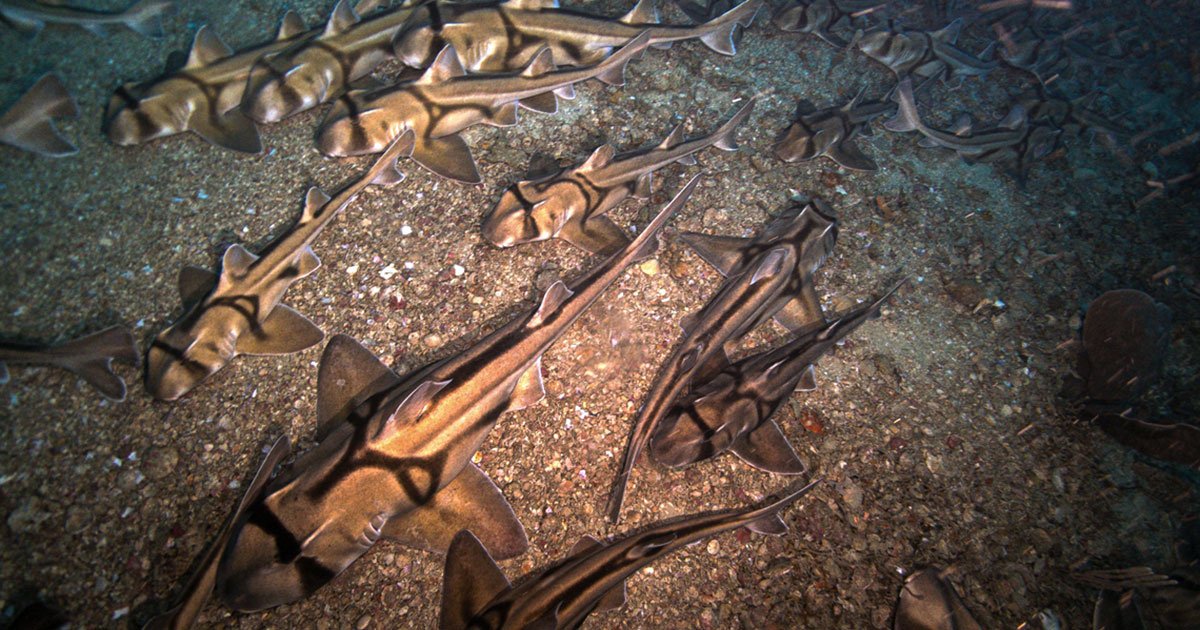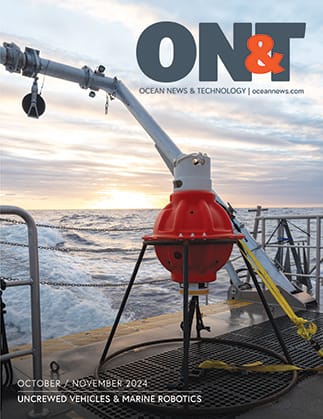The mysterious gathering was videoed by an underwater robot, known as a remotely operated vehicle, being ‘flown’ above the seafloor from the South Australian Research and Development Institute (SARDI) research vessel MRV Ngerin.
The research team had previously seen the sharks here six years ago during the first survey of Beagle Marine Park, which is managed by Parks Australia.
This two-week return survey led by the University of Tasmania Institute for Marine and Antarctic Studies (IMAS) is revisiting the same places to see how conditions in the park may have changed.
It is supported by the Australian Government’s National Environmental Science Program and a grant of sea time from the Southern Australian Coastal Research Vessel Fleet with National Collaborative Research Infrastructure Strategy funding.
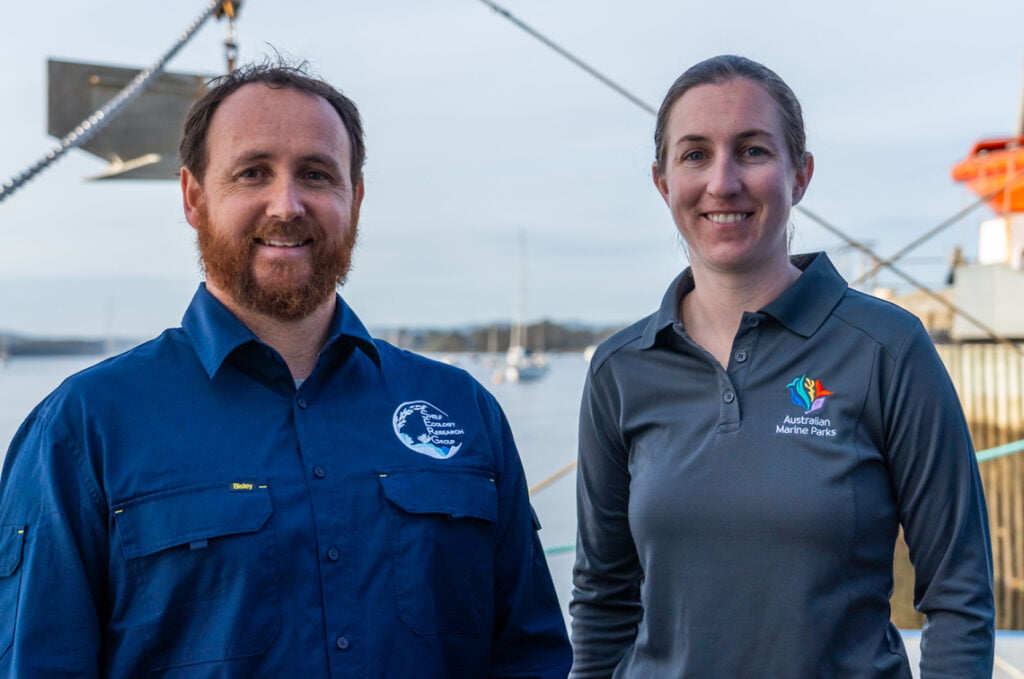
Dr. Jacquomo Monk talks about the Port Jackson sharks at Beagle Marine Park. (Video credit: Jessica Serna Sierra)
“We had been hoping to see the sharks again on this survey,” voyage leader Dr. Jacquomo Monk of IMAS says.
“Coming upon them twice in a 3,000-square-kilometer park is like finding a needle in a haystack.
“It was very exciting when we managed to traverse over a rise in the reef to get a glimpse of the sharks snoozing 65 meters below the vessel in almost the same location as they were six years ago.
“A spectacular scene was relayed to us by a remotely operated vehicle equipped with seven cameras that were custom-built by Boxfish Robotics in collaboration with IMAS.
“There were thousands of sharks tightly packed like a carpet spread across the seafloor.”
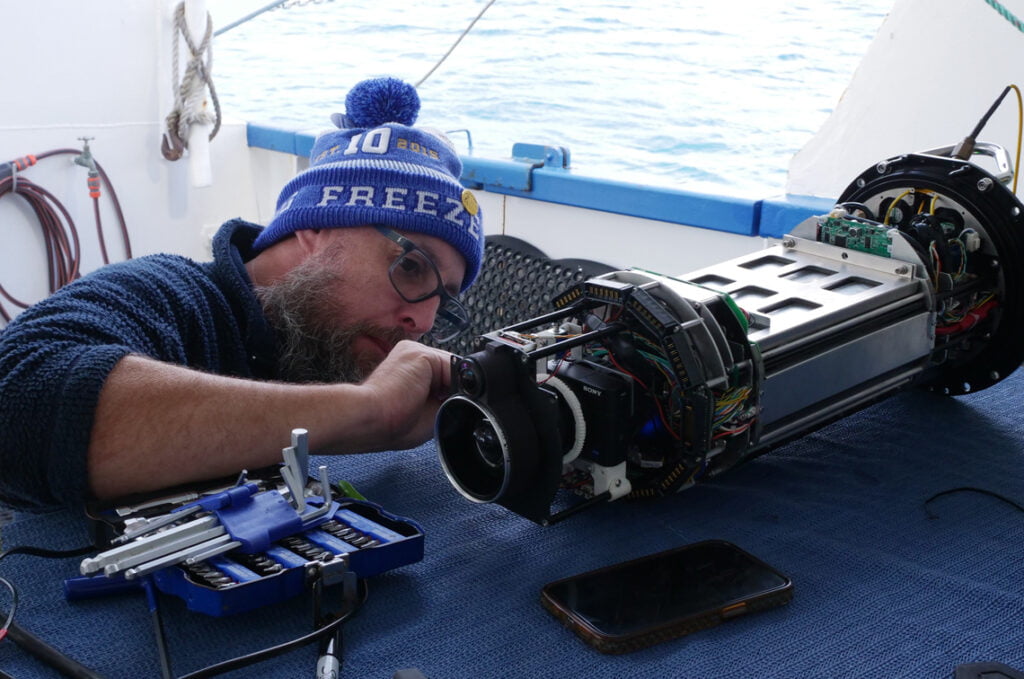
Port Jackson sharks grow to 1.65 meters in length and are found across southern Australia.
They rest by day and feed by night on animals such as squids, octopuses, and crustaceans.
Divers can see them in shallower waters along the coast of New South Wales and Victoria, where they are known to mate in late winter and then lay their distinctive spiral egg casing onto reefs for protection.
“One of the interesting things we discovered this time is that the Beagle gathering appears to be only for females,” Dr. Monk says.
“This poses more questions than answers for us, but we know that the males and females of this species often live apart, except when mating.
“We don’t know exactly why the females are here. Perhaps they are feasting on the local delicacy—doughboy scallops—before the long trip north to lay their eggs.
“Seeing them again does tell us that the area is important to them.”
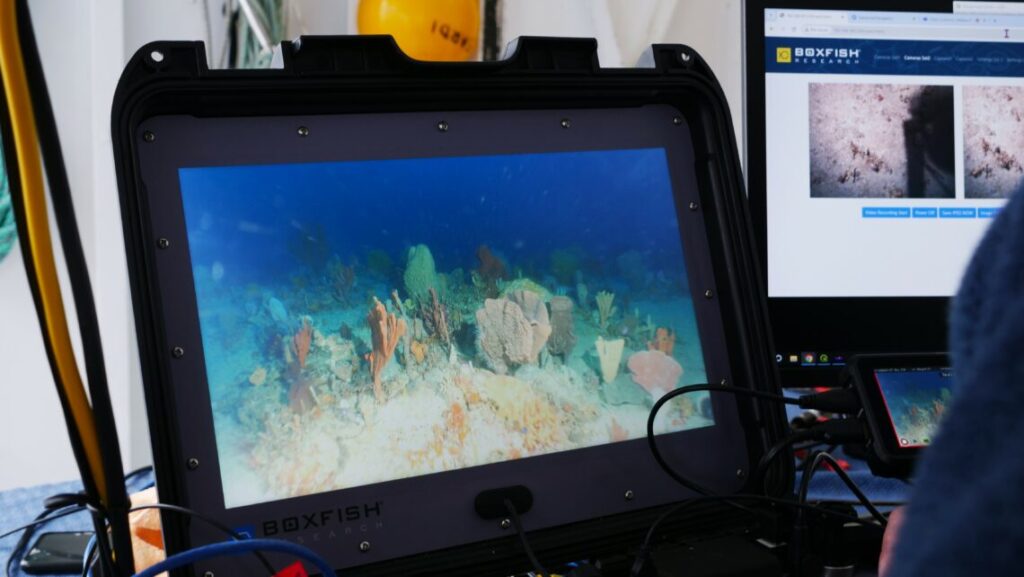
Beagle Marine Park is one of 60 Australian Marine Parks managed by Parks Australia. The park protects rocky reefs and diverse, colorful sponge gardens and is an important foraging area for seabirds that breed on the islands.
The 2018 survey took tens of thousands of images and 100s of videos using underwater robots and baited cameras to create an inventory of life in different depths and habitats.
As well as the sponge gardens, it revealed more than 60 species of sharks and other fishes among the park’s ‘mid-light’ reefs 50–70 meters below the surface.
The survey results will be provided to park managers who need good quality data to accurately assess how well the parks are meeting conservation goals.
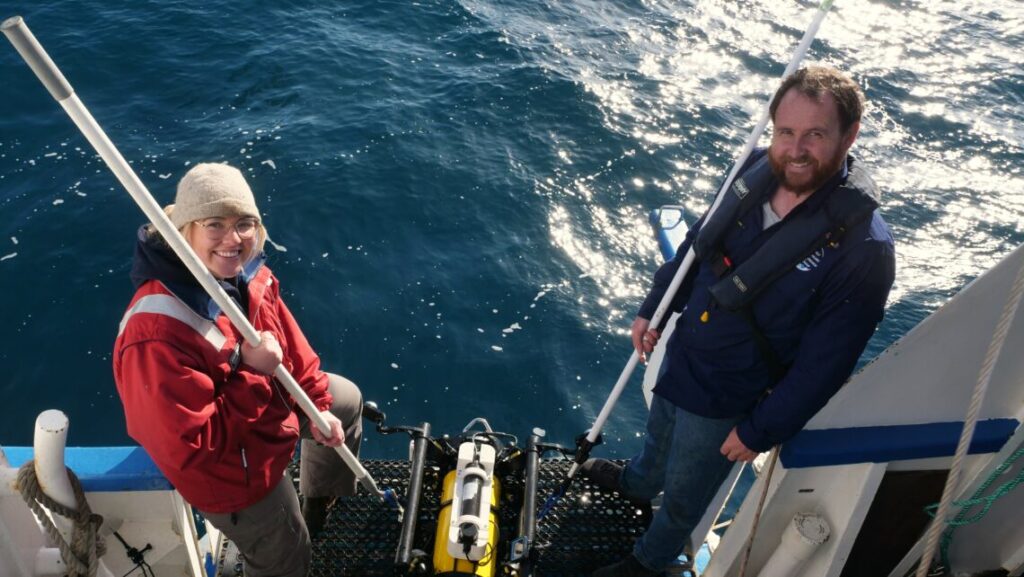
The voyage left Tasmania’s Beauty Point on August 5, 2024, and is scheduled to return on August 18, 2024.
MRV Ngerin is part of the Southern Coastal Research Vessel Fleet (SCRVF). The SCRVF is a partnership between the South Australian Research and Development Program and the Department of Primary Industries and Regional Development, with funding from the National Collaborative Research Infrastructure Strategy and support from the CSIRO Marine National Facility, to provide the marine research community with better access to coastal research vessels in Southern Australia.
